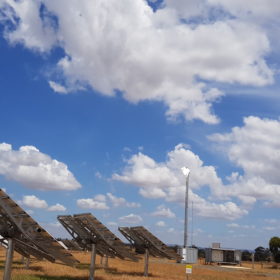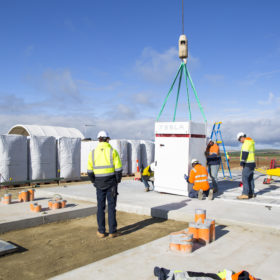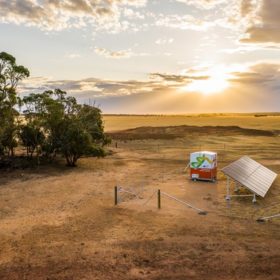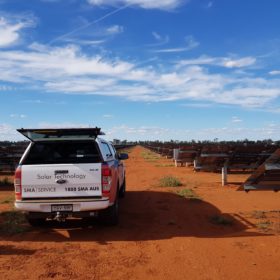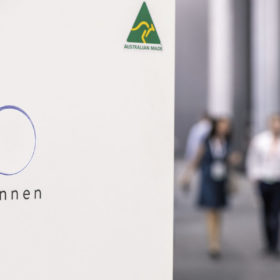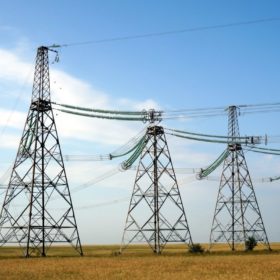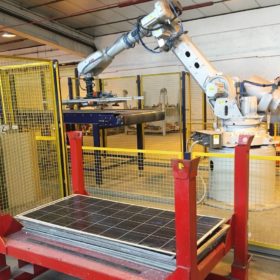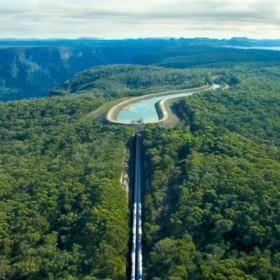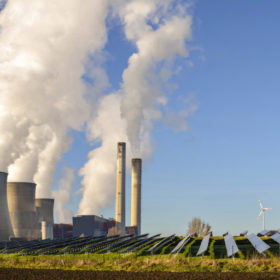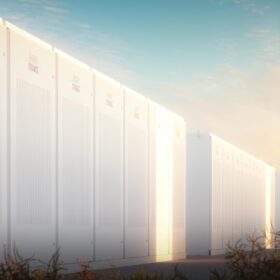RayGen announces major equity investor in Photon Energy
Melbourne solar Thermal Hydro tech company RayGen has announced a strategic partnership with global developer Photon Energy. The boost comes only weeks after added ARENA funding and signals a major push toward a solution to the problem of solar intermittency.
Plans unveiled for 600 MW Victoria battery
French renewable energy developer Neoen is looking to develop a massive battery near Geelong that will dwarf its largest project to date – South Australia’s 100MW/129MWh Tesla big battery.
Western Australia, the stand-out state for stand-alone systems
Before social-distancing became a thing, Western Australia stood apart from the rest of the country. Defined by remoteness, the state is beginning to embrace its identity, and cure itself of network headaches at the same time, with the uptake of stand-alone power systems (SPS).
Curtailment and queueing to end: SMA helps soothe West Murray woes
Good news story: After more than six months of distress and compromise in the sunny but grid-challenged West Murray region of Australia, German solar equipment manufacturer SMA has developed an inverter-based solution that allows solar farms to play in harmony, and hopefully enables a long pipeline of renewable plant to carry on connecting until the transmission cavalry arrives.
Long read: Orchestral support for an evolving energy system
As one of the world leaders in PV+storage deployment, Australia has ample opportunity to develop a two-way energy system that could provide critical services to the grid and deliver additional revenue streams for rooftop PV and battery prosumers. Although still in their early days, some virtual power plant (VPP) projects are already proving their worth.
AEMO publishes final MLFs for 2020-21
The Australian Energy Market Operator’s final marginal loss factor report for 2020-21 provides some good news for operational large-scale solar projects delivering only smaller changes compared to those seen in preceding years. However, the reduced need for MLF adjustments came as a result of a slowdown in new project development and additional network constraints.
WA passes Pilbara electricity reform bill
The Western Australian State Parliament has passed an electricity reform bill that will see a new regulatory framework for the Pilbara and support stand-alone power and storage systems – already being rolled out by both Western Power and regional utility Horizon Power.
A mechanical technique for PV module recycling
An Italian consortium has developed a panel recycling process it claims can recover up to 99% of raw materials. The developers claim their technique takes only 40 seconds to fully recycle a standard panel, depending on size and recycling site conditions.
600 MW Oven Mountain pumped hydro project gets ARENA funding to prove its viability
The Australian Renewable Energy Agency (ARENA) is providing nearly one million dollars for a study that will analyze the benefits that pumped hydro energy storage would have on the development of the New England Renewable Energy Zone in northern New South Wales.
Global coal generation fell by a record amount in 2019, while COVID-19 may cause bigger fall in 2020
Short- and long-term impacts of the pandemic on electricity markets are still unclear.
